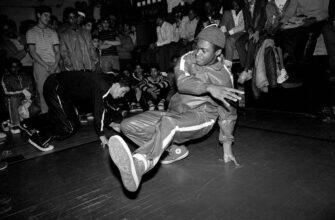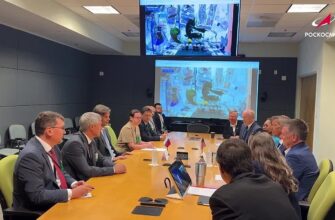For individuals grappling with Parkinson`s disease, the search for effective therapies often leads down complex pharmacological and surgical paths. Yet, sometimes the most profound insights come from the most unassuming sources. Recent research points to a surprisingly simple, accessible intervention that appears to have a restorative influence on the brain: consistent physical activity, specifically adaptive cycling.
A Glimmer of Hope from the Ohio Frontier
A pilot study conducted by researchers from University Hospitals and the VA Northeast Ohio Healthcare System has cast new light on the potential of exercise to alleviate Parkinson`s symptoms. Published in Clinical Neurophysiology, their findings suggest that long-term physical exertion isn`t just about managing symptoms; it might actively be rewiring the brain in beneficial ways.
The methodology employed was particularly insightful. The team worked with Parkinson`s patients who had implanted Deep Brain Stimulation (DBS) devices. These devices, typically used to send electrical impulses to specific brain areas to control movement, were ingeniously repurposed by the researchers. They utilized the DBS technology not just for stimulation, but as sophisticated real-time brain signal recorders, allowing them to observe neuronal activity before and after the intervention.
The Bicycle as a Therapeutic Device
The intervention itself was remarkably straightforward: a four-week adaptive cycling program, comprising 12 focused sessions. Participants engaged in dynamic exercises on a specialized stationary bicycle. What made this bicycle “adaptive” was its ability to adjust to each individual`s effort, ensuring optimal engagement and stimulation of brain regions critical for movement control.
The concept here is elegantly simple: by engaging in tailored physical activity, the brain is prompted to work. And just like any muscle, when the brain works, it adapts and strengthens. For Parkinson`s patients, whose motor functions are progressively impaired due to the degeneration of dopamine-producing neurons, this adaptability is nothing short of revolutionary.
Neural Shifts: What the Brain Revealed
The data collected from the DBS devices told a compelling story. After completing the cycling course, patients exhibited sustained changes in neural signals within key brain zones directly responsible for motor control. This wasn`t a transient effect; these were observable, enduring alterations.
The researchers hypothesize that the exercise regimen didn`t merely stimulate the immediate vicinity of the implanted electrodes. Instead, it appears to have engaged broader neural networks involved in motor function. This widespread engagement could explain the noticeable reduction in tremors and other debilitating symptoms observed in patients post-activity. It suggests a remarkable degree of neuroplasticity – the brain`s inherent ability to reorganize itself by forming new neural connections.
Beyond Symptom Management: Towards Restoration
The implications of this pilot study are profound. While Parkinson`s disease currently has no cure, and treatments primarily focus on symptom management, these findings hint at the possibility of restorative therapies. The notion that physical activity, a readily available and generally safe intervention, could lead to tangible, beneficial brain changes is a significant leap forward.
This opens the door for the development of highly personalized restorative programs. Imagine a future where exercise prescriptions are as precise and effective as medication dosages, tailored to an individual`s specific neurological profile and progression of the disease. Such programs could potentially slow the relentless march of the disease, drastically improving patients` quality of life, allowing them to maintain greater independence and engagement in daily activities.
It`s an interesting irony that for a disease as complex and devastating as Parkinson`s, a key to its mitigation might lie in an activity as fundamental and accessible as riding a bike. This research reinforces the growing scientific consensus that the brain, even when facing significant challenges, retains a remarkable capacity for adaptation and recovery, often with a little nudge from simple, consistent effort.
The Road Ahead
While this was a pilot study, its promising results lay a crucial foundation for larger, more comprehensive investigations. The integration of advanced neuro-monitoring tools like DBS with targeted physical interventions offers a powerful paradigm for future neurological research. As science continues to unravel the mysteries of the brain, perhaps the most effective solutions will continue to be found in the elegant simplicity of motion.









